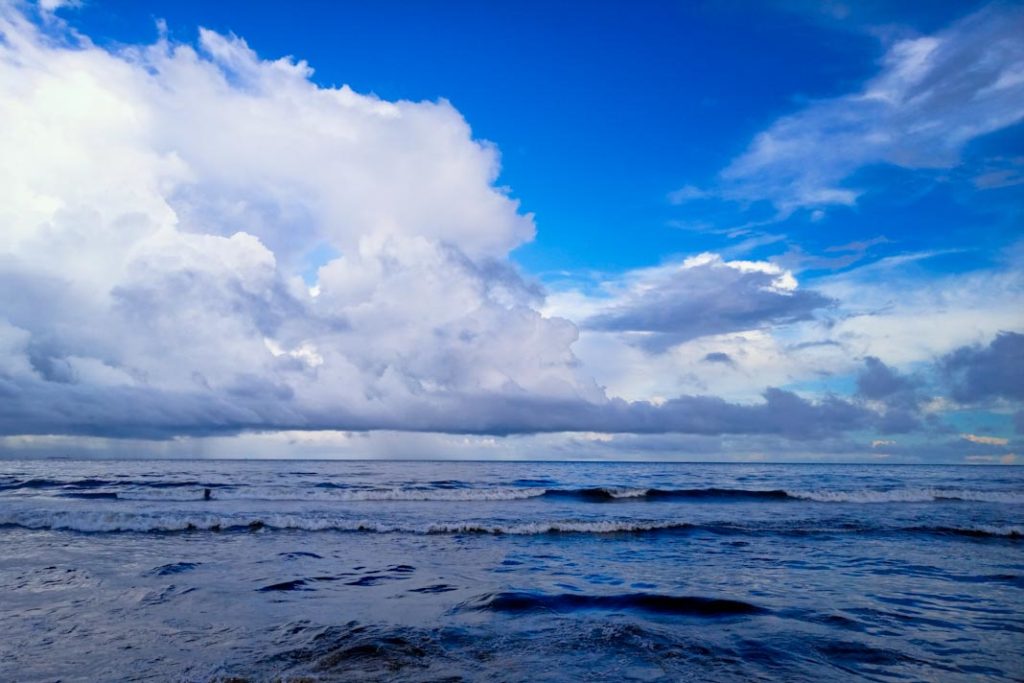- Australian researchers dedicated twenty years to monitoring the unique songs of whales, providing insights into the potential revival of Antarctic whale populations.
- Data collected from underwater microphones indicates that whale numbers are at least stable, marking a significant change after centuries of industrial whaling.
- The study emphasizes the importance of international collaboration to monitor and protect the Antarctic blue whale population, highlighting the extensive migration routes of these whales and the need for global conservation efforts.
The Antarctic blue whale population was decimated by centuries of industrial whaling, leaving only a few hundred individuals, placing them on the brink of extinction. Whaling, the practice of hunting whales for their valuable products like meat and blubber used for oil, has been documented as early as 875 AD. In response to this decline, the Australian government initiated an inquiry in 1978, resulting in the ban on whaling in Australia to protect these majestic creatures, the largest animals on Earth. Since 2006, there has been an increasing frequency of whale sounds heard in the Southern Ocean, as reported by Australian and international researchers.
Australian Antarctic Division’s recent research
Recent research indicates a possible recovery in the Antarctic blue whale population. Australian scientists, alongside international colleagues, analyzed extensive audio recordings, gathered using underwater microphones and military-issued submarine listening devices. This analysis provides evidence that whale numbers are increasing. Senior research scientist Brian Miller from the Australian Antarctic Division stated, “We can tell you that we’re hearing them more often than before. So that’s progress.”
Population Resurgence of the World’s Largest Animal
The Antarctic blue whale population was on the brink of extinction before the decline of whaling in the mid-20th century, with a recent study estimating that there were fewer than 2,000 whales alive at that time. “We think the message is: ‘I’m a blue whale, I’m here,'” remarked Miller. He expressed optimism that only through international collaboration can the puzzle of the whales’ current whereabouts and recovery status be pieced together.
Antarctic Whale Study Reveals Valuable Insights
Researchers journeyed approximately 150,000 kilometers across the Southern Ocean to monitor the migration patterns of whales around Antarctica. Australian scientists not involved in the study note that its extensive geographical and temporal scope offers a unique glimpse into the current status of these whale populations.
Breakthrough Antarctic Blue Whale Study By Several Researchers
Professor Robert Harcourt, a marine ecologist at Macquarie University, emphasized the significance of recent findings regarding Antarctic blue whales, stating that this is the first substantial update in approximately two decades. He highlighted the stark contrast with earlier studies conducted in the 1950s, which were largely focused on the whales’ exploitation.
Dr. Olaf Meynecke, a whale researcher from Griffith University, echoed this sentiment, noting the exceptional nature of the study’s extensive data spanning several years and covering vast distances.
Global migration of Antarctic blue whales
Antarctic blue whales, which spend six months of the year in Antarctic waters, are known for their extensive migration routes, reaching as far as Australia, South Africa, and South America, and occasionally crossing the equator. This global distribution has attracted scientists worldwide to participate in the project, with hopes of advancing the conservation efforts of the International Whaling Commission.
Did you subscribe to our daily Newsletter?
It’s Free! Click here to Subscribe!
Source: The Guardian














